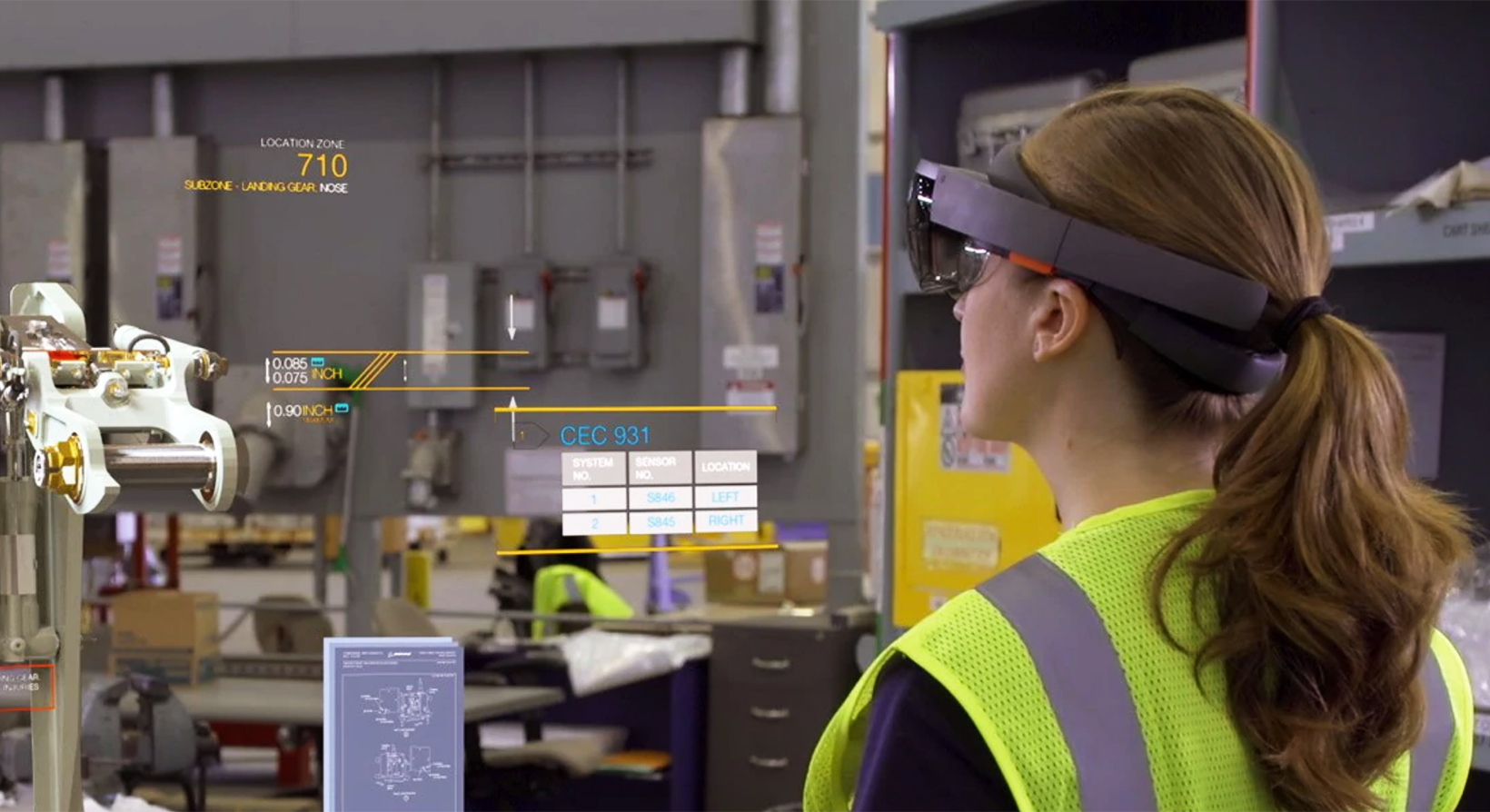From factory floors to remote boardrooms, augmented reality (AR) is becoming a critical tool in reshaping how work gets done. No longer confined to entertainment or gaming, AR is carving out a powerful niche in enterprise environments.
In manufacturing and logistics, AR headsets like Microsoft HoloLens provide workers with real-time data overlays, hands-free instructions, and immediate error correction—cutting training time and increasing efficiency.
Remote collaboration has also taken a leap forward. With AR platforms, professionals can share a common workspace virtually, marking up 3D models or guiding repairs as though they’re physically present. This reduces travel costs and accelerates decision-making.
For training and onboarding, AR simulations offer realistic, interactive experiences without the risks of live environments. New employees can practice safety procedures or operate complex machinery through guided visualizations before ever touching the equipment.
While adoption still faces hurdles—such as hardware costs, integration complexity, and privacy concerns—experts agree that AR's benefits outweigh the friction. As interfaces become more intuitive and devices more affordable, AR is expected to become as commonplace in the workplace as video calls are today.
Integrating AR isn't just about gadgets. It's about reimagining workflows for a digitally augmented future—where human potential is enhanced, not replaced.
Healthcare is another industry seeing early success with AR. Surgeons are now using AR overlays during operations to view critical patient data or visualize anatomy in 3D, which helps improve precision and reduces the risk of error in high-stakes procedures.
In architecture and construction, AR enables real-time visualization of building plans on-site. Teams can detect misalignments early, reduce reliance on printed blueprints, and improve coordination between engineers, contractors, and clients.
Customer support is also evolving with AR. Companies are deploying AR-assisted guidance to help customers troubleshoot products in real-time, reducing the need for in-person technician visits and streamlining the support experience.
As AR tools become increasingly integrated with artificial intelligence, the next frontier lies in adaptive AR systems—tools that respond dynamically to user behavior and context, enhancing performance and learning without disrupting the task at hand.
